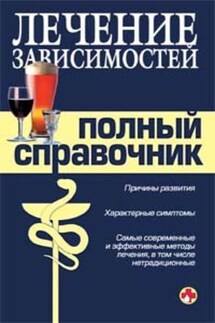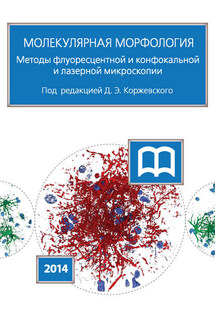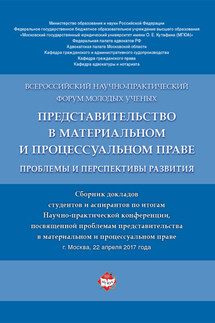Молодежь о проблемах изучения иностранных языков в современном мире - страница 5
There are so many linguistic features which the languages of the world share. Some are basic, such as the notion of ‘sentence’ or ‘verb,’ some are complex, such as Wh- movement. The rules which all languages have in common, with either very few, or no exceptions are called absolute universals. Let’s consider the following statements.
• All languages are equipped with the grammatical structures needed to give orders, negate a thought, and ask a question.
• All languages use verbs which reflect the past, present, or future.
• All languages possess a finite set of phonemes (sounds) including vowels and consonants which are strung together to form words.
• All languages share the basic categories of words, such as nouns, verbs, description words, relative clauses, and a method for counting.
• All languages use pronouns.
• All languages include any blend of or subcategory of the basis five colors: red, blue, yellow, black and white. The colors which are included in every language are red, white, and black [3].
To sum up, we must say that Language Universals are unique in starting with the assumption that the best way to approach these and related questions is through a dialogue between a wide range of disciplines, including linguistics, cognitive neuroscience, philosophy, computer science and biology.
1. Comrie 1981: 24. The languages of the Soviet Union
2. Comrie 1981: 25. The languages of the Soviet Union
3. Chomsky, N. (1988). Language and problems of knowledge. Cambridge, Massachusetts: MIT Press
MYSTERY AND DIFFICULTY OF TRANSLATION
УДК 81’25=111
FAZYLOV A.
Ufa State University of Economics and Service (Ufa)
Even a professional translator is faced a number of objective difficulties that have to be considered. Many people believe that translation as transfer of words one language into another language cannot be precise and good. There are many reasons for that [1]:
1) The discrepancy between material objects or their verbal expressions. In general, the reality in which we live is different from the one in which speakers of others language live;
2) The discrepancy between a number of meanings of the same words in different languages;
3) Different collocability and idiomatic expressions;
4) The un-translatable dialect words and jargon;
5) Untranslatable realiae.
Meanwhile, the translation hide a few pitfalls. Among them are false friends of a translator. They are words similar in sound and spelling to the words of the target language, but very different in meaning. Once of perfume company Clairol introduced in Germany its deodorants, using Slogan “Mist Stick”. It turned out that the German word “Mist” is slang for “manure”.









